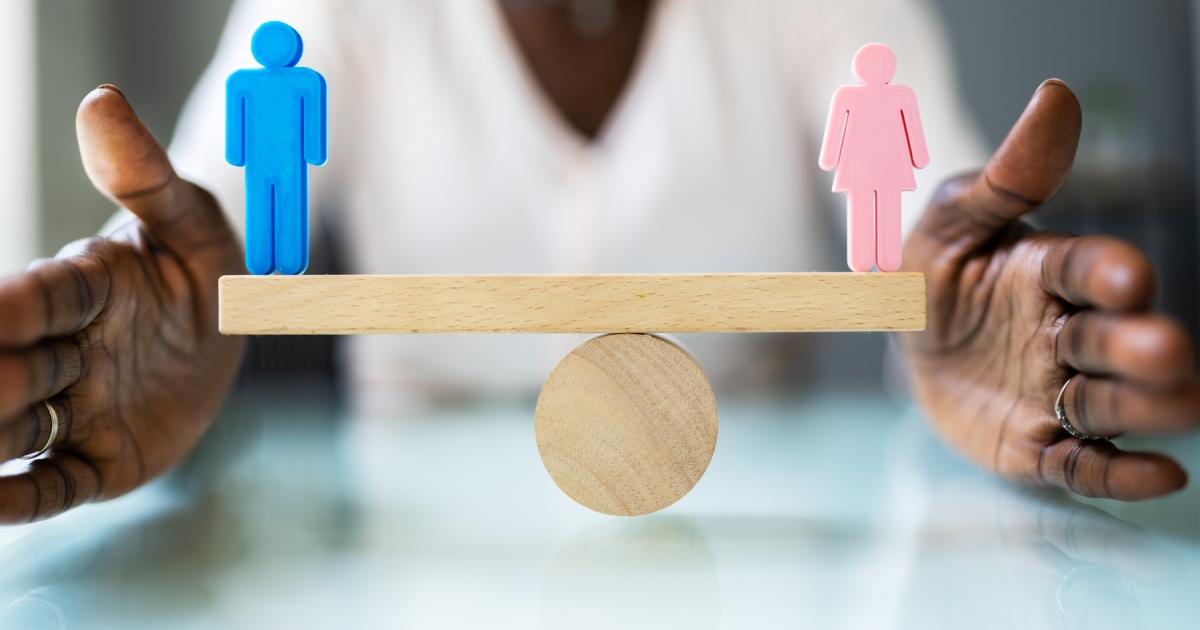A Gendered Paradox: Who’s Driving the Crisis and Who’s Paying the Price?
Despite climate change being a global challenge, are its causes and consequences equally distributed?
Generally, there is an intertwined relationship between gender, contributions to climate change, and vulnerability to its effects. Let’s delve into the roles played by gender in shaping both contributions to and the impacts of climate change.
Who contributes more to climate change?
Although there is no evidence that one gender contributes more to climate change than the other, let’s discuss how each gender contributes to this global issue.
- Differentiated carbon footprints:
Men are more likely to consume energy-intensive goods and services. For instance, higher rates of automobile ownership and preference for red meat—a major source of methane emissions—significantly increase their ecological impact. Conversely, women tend to spend more on household essentials and health-related services, which often have lower emissions.
- Workforce and Economic Activity:
Men dominate carbon-intensive industries like manufacturing, construction, and transportation. These sectors are among the largest contributors to global greenhouse gas emissions. Conversely, women are often concentrated in less energy-intensive fields such as education and healthcare.
Who Is more affected by Climate Change?
The impacts of climate change aggravate existing social and economic inequalities, and women often bear a disproportionate share of the burden. Here are some of the reasons why climate change is more likely to affect women more than men:
- Dependence on Natural Resources:
In many developing countries, women rely more on natural resources like water and firewood for daily needs. Climate-induced scarcity of these resources increases their workload, forcing them to travel longer distances, often at the cost of education or income-generating activities. - Economic Disparities:
Women have less access to financial resources, land ownership, and credit. These limitations make it harder for them to recover from climate-induced disasters like floods, droughts, or storms. - Health and Safety Risks:
Climate change has direct and indirect health consequences, including increased exposure to waterborne diseases, malnutrition, and heat-related illnesses. Women, especially pregnant women, are particularly vulnerable. Moreover, during displacement caused by climate events, women face heightened risks of gender-based violence and exploitation. - Education and Social Impacts:
Girls are more likely to drop out of school during climate crises, as families prioritize survival and often allocate limited resources to boys. This perpetuates a cycle of vulnerability and limits women’s ability to build resilience against future climate risks.
Thus, women seem to bear the brunt of climate change due to their heightened exposure to its impacts, reduced access to resources, and societal roles that amplify their vulnerabilities.
Is the paradox clear that the gender that contributes less to climate change is the one that suffers more from its consequences?
Leave your comment below.


Leave A Comment
All fields marked with an asterisk (*) are required